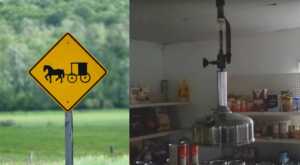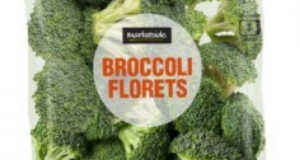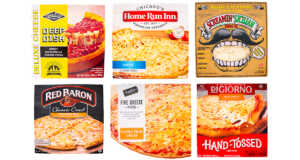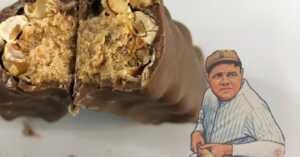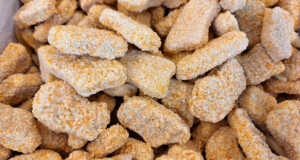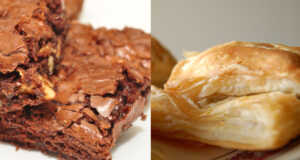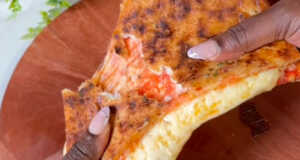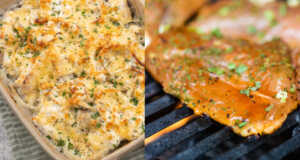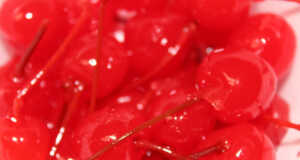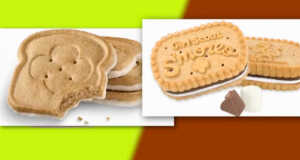During the Great Depression food shortages, drought, and poverty meant that people had to get creative with what they ate. In a time with less access to certain fresh fruits and veggies and definitely less meat, families had to endure monotonous weekly meals.

Variety was welcome since eating potatoes or beans 7 nights a week could become tiresome very quickly. Unique combinations meant that, even if they couldn’t get their favorite meals, they were at least enjoying tasty new combinations. These 9 Depression era dishes brought some color and flavor to the table and, most importantly, fed a lot of people with little money.
9) Garbage Plate
The garbage plate, a local specialty in Rochester, New York, actually got its start during the hard times of World War I, but really took off during the Great Depression.
When food shortages again meant that folks were craving rib-sticking meals, a hot plate brimming with food was irresistible. The name of garbage plate didn’t come along until later, but back in the old days it was called “pots and hots” short for potatoes and hots (hots being an old-fashioned term for hot dogs). The dish is still being served, but is more of a regional New England treat these days.
A garbage plate can have any of the following ingredients: hot dogs, hamburger patties, macaroni salad, beans, eggs, home fries, and/or cheese.
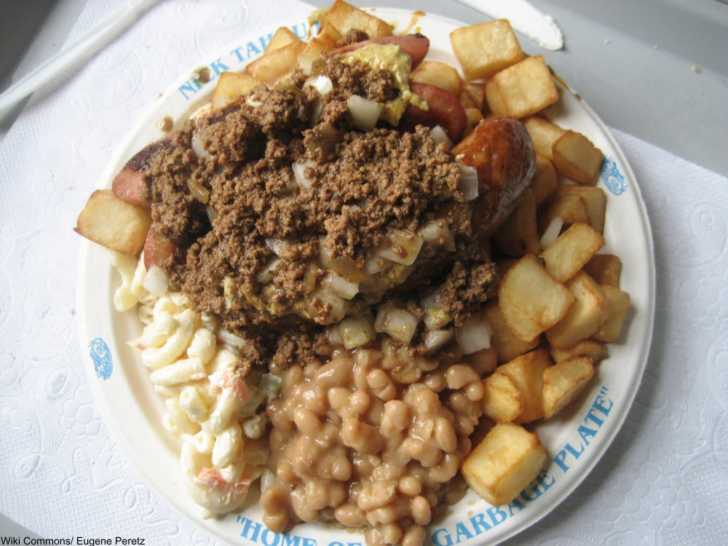
8) Jake and Lena Cookies
Named after a radio show called Jake and Lena that promoted the recipe, these cookies were also known as poorman’s cookies. Flavored with raisins, nutmeg, cinnamon, and walnuts, these bars were likely still out of reach for poorer families, but do not contain eggs, which would have allowed one to save those for soups, sandwiches, or scrambles.
Get the recipe right here.
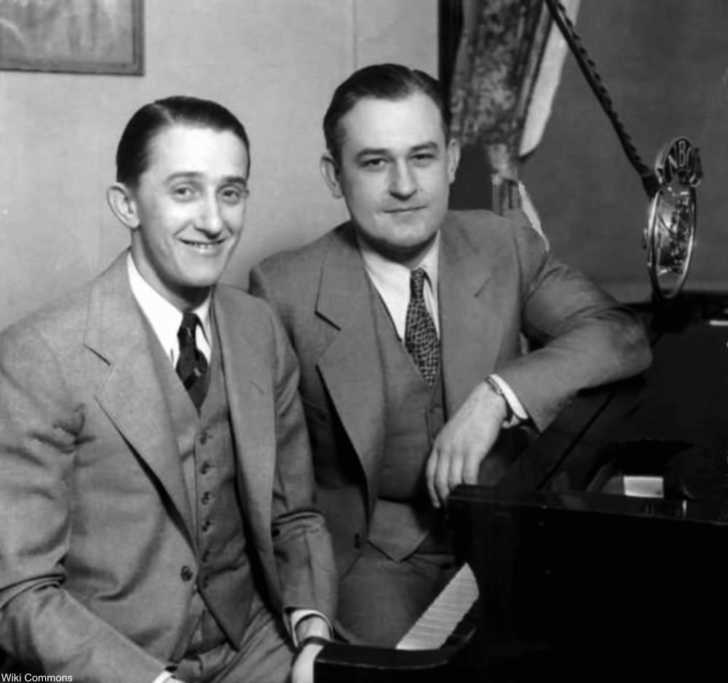
7) Carrot Pie
This uncommon treat dates back at least to 1845, but the hard economic times meant that a return to the old colonial American habit of using veggies in sweet pies again made good sense. This sweet pie uses many of the same ingredients as an apple pie, but with pureed carrots instead of apples. Find the recipe here.
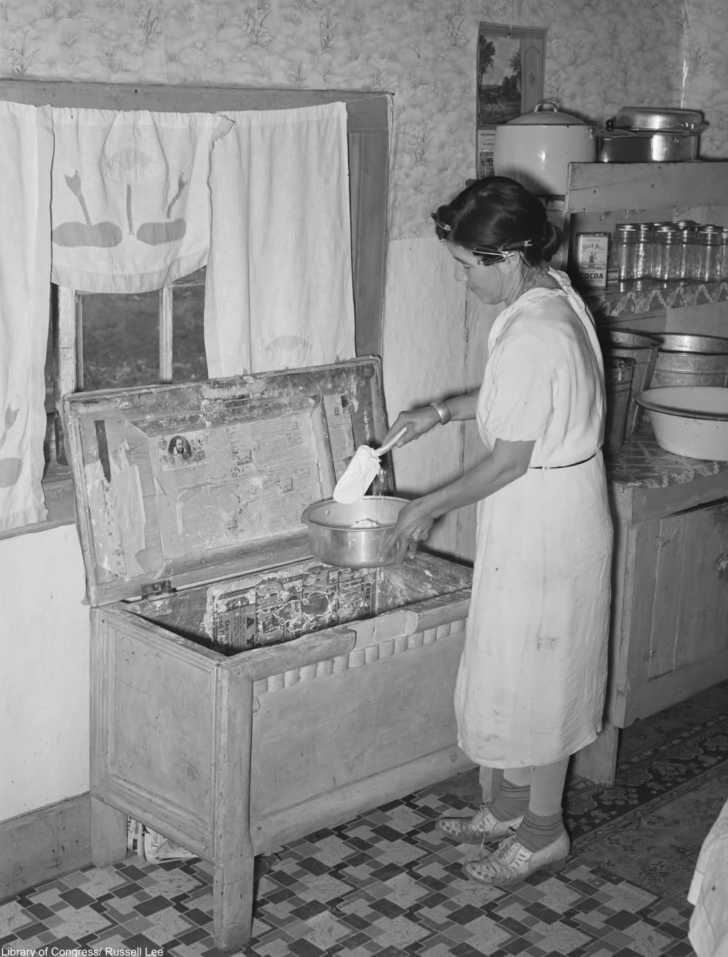
6) Porcupine Meatballs
This dish gets its name from the rice which not only extends the meat by a long way, but which also sticks out like little porcupine quills. Considered an American classic by some, this is one Depression era dish that many people still make to this day as comfort food. Get the recipe here.
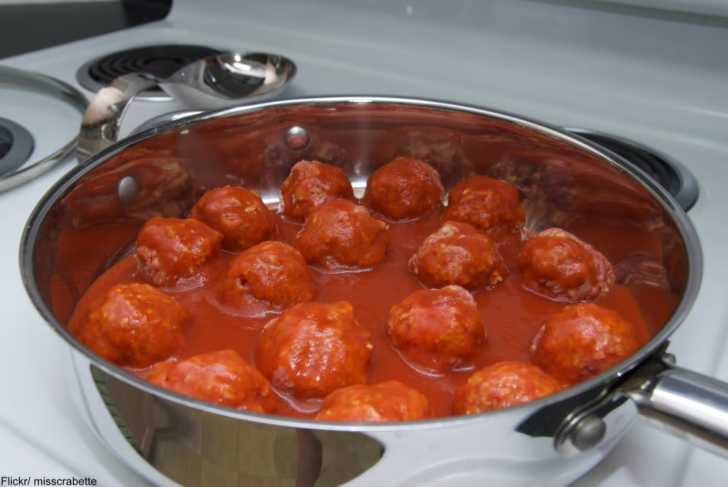
5) WPA Soup
Most of us have heard of Hoover stew, but WPA soup remains a lesser-known beast. The Works Progress Administration wasn’t founded until President Franklin D. Roosevelt’s first term, well after Hoover was out of office. This soup consists of sausage, eggs, potatoes, parsley, and onions among other ingredients.
While not an extravagant dish by our modern standards, the name reflects a change in employment for many (because of the WPA) that enabled them to buy eggs and sausage, things not found in Hoover stew. Get the recipe here.
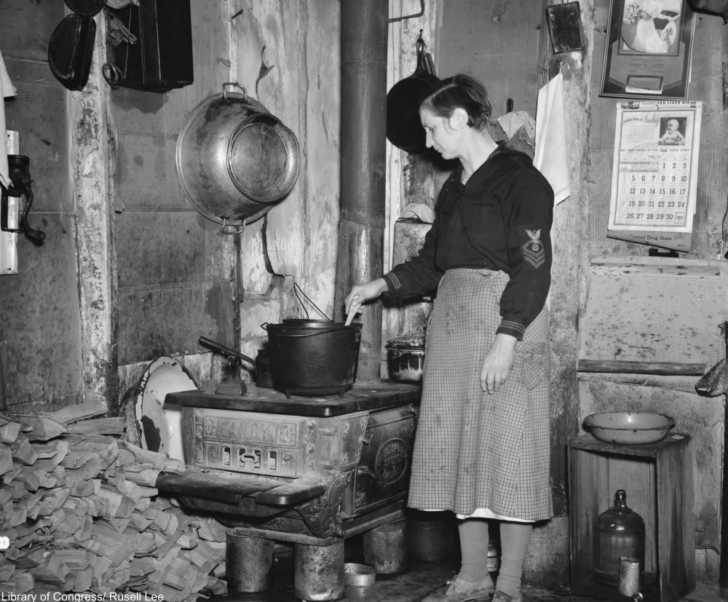
4) Boiled Milkweed Pods
They’ve been described as reminiscent of fiddle head ferns in their taste, and these foraged veggies were also a delicacy for some during the Great Depression. They had to be boiled twice to get rid of the bitter taste, but the cost was free and the milkweed plant grows wild all over the country. Find out more about this dish right here.

3) Bologna Casserole
It’s called a casserole if you sprinkle cheese on top and then bake it, but many families did not have cheese during the Great Depression. Without cheese, this pasta dish is more like John Marzetti or American chop suey: filling and simple and yummy. Find the recipe here.
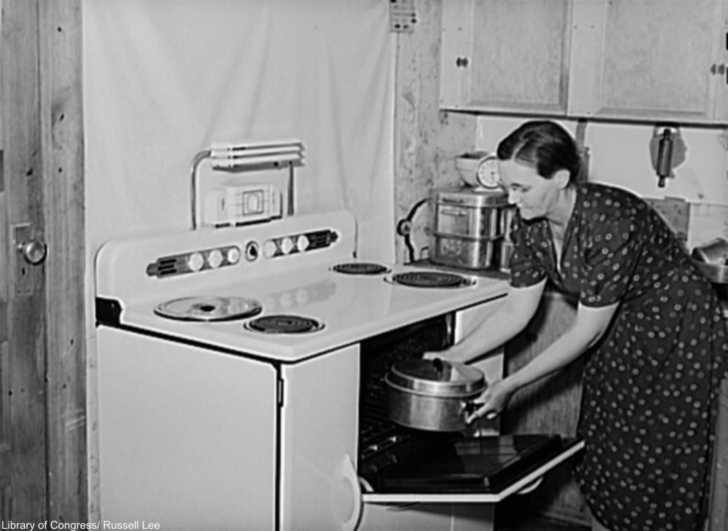
2) Water Cocoa
When you don’t have milk you can still make hot cocoa. Water cocoais still a treat because it’s warm and sweet! Cocoa was one of the more readily available and shelf stable ingredients. While it wasn’t cheap, cocoa could do a lot in the kitchen unlike other spices and seasonings.
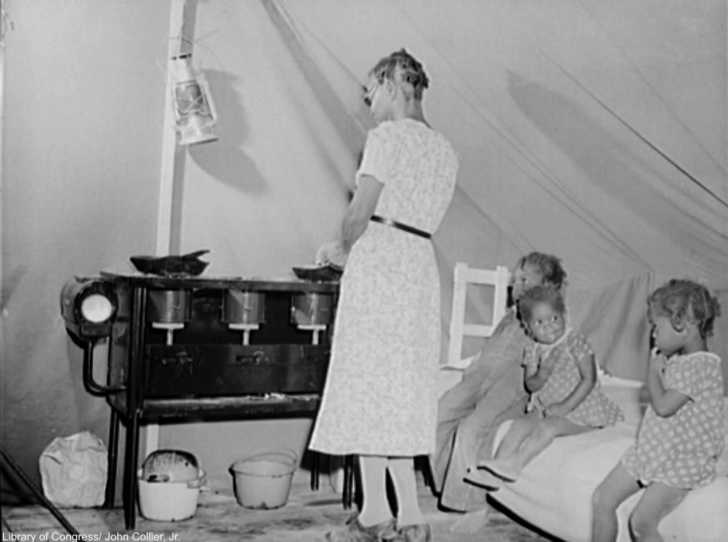
1) Poorman’s Meal
This main dish was made from broth, potatoes, onions, and cut up hot dogs. Potatoes and onions were two foods not usually in short supply during the Great Depression and as such many recipes from the era lean heavily on these two staples. Cheaper cuts of meat and processed meats were more common during the 1930s and hot dogs were a very easy way to add protein to a cheap meal.
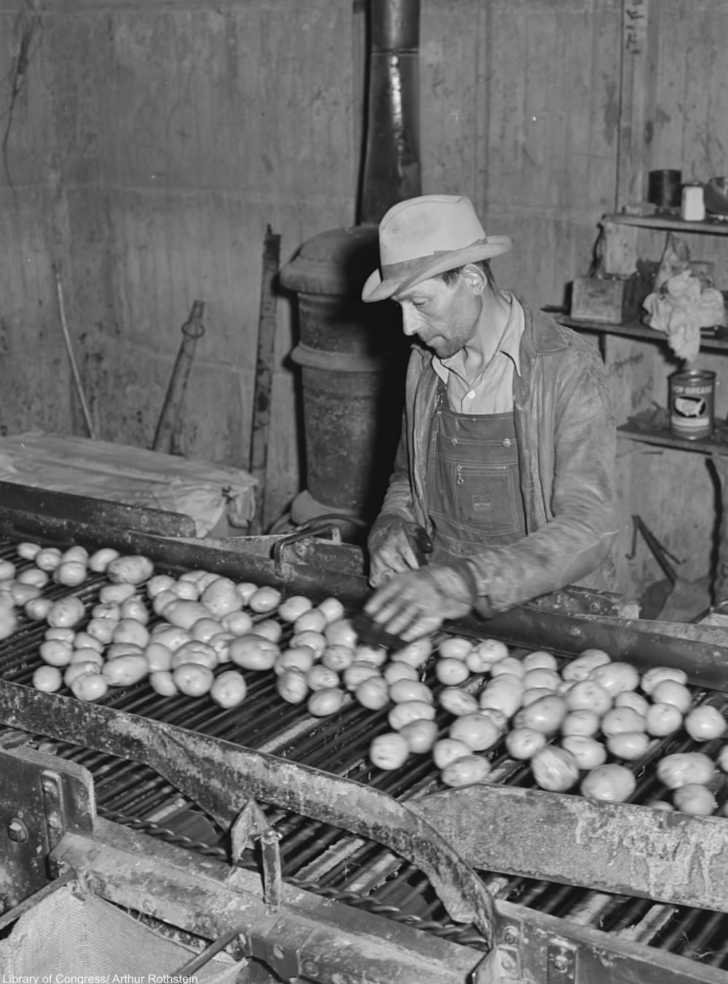
This basic meal can be stretched to feed a crowd and goes down easily with both adults and kids alike. Potatoes, onions, and hotdogs are combined with a little salt and pepper for the ultimate in a quick and simple dish.
Watch the late Clara making her version below.
